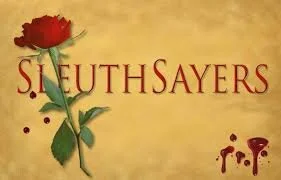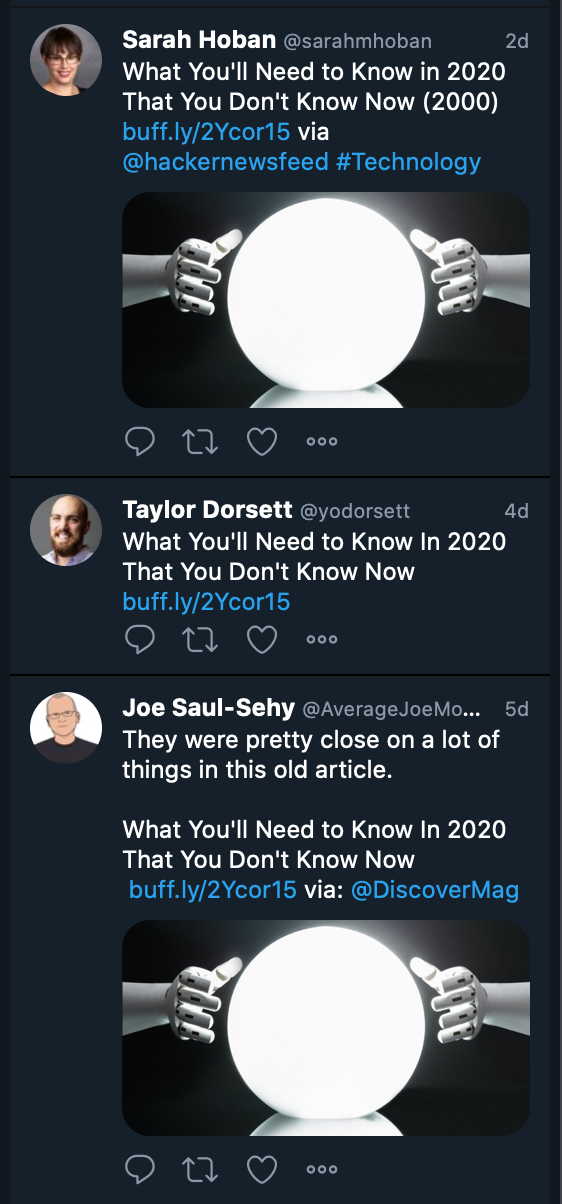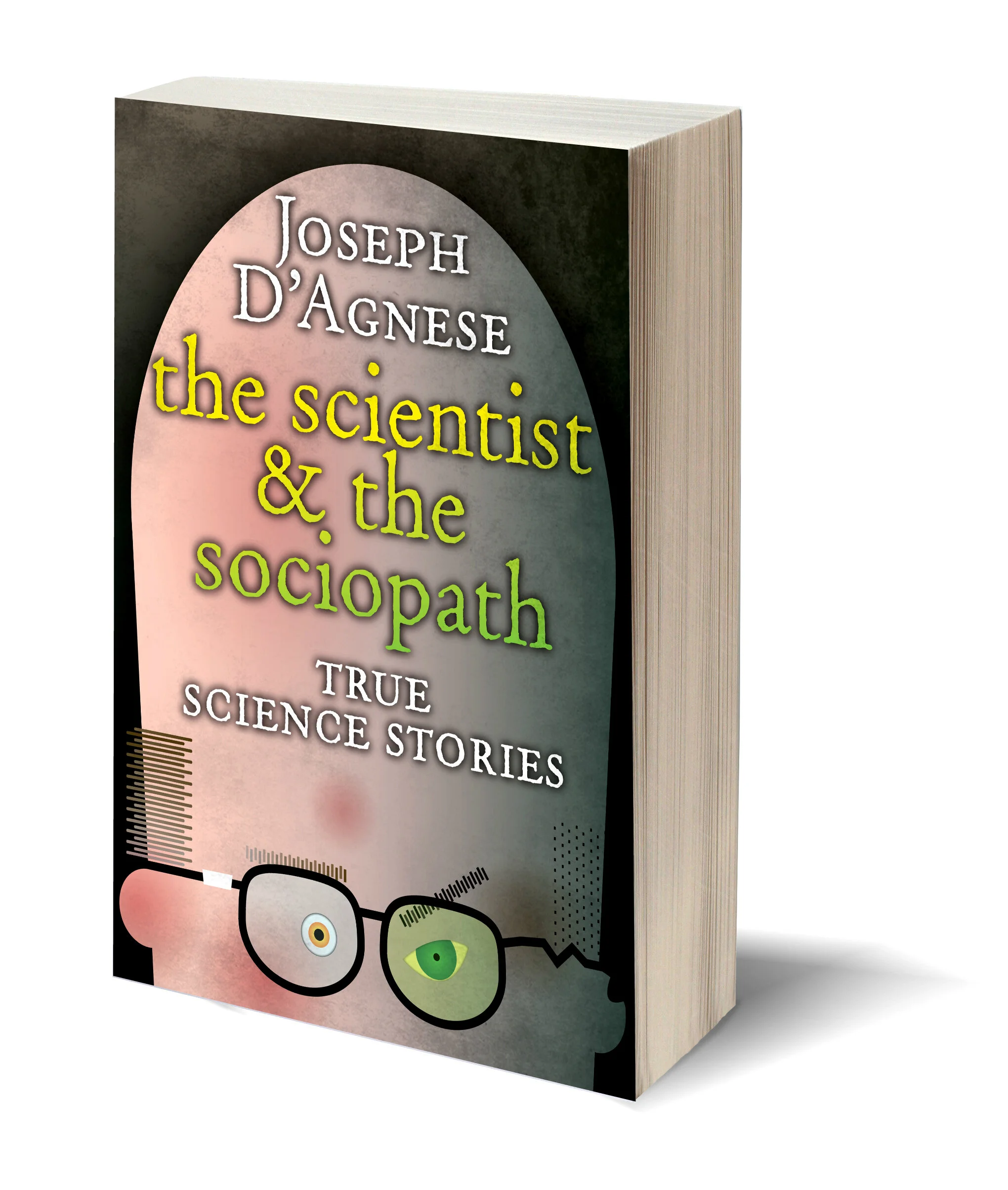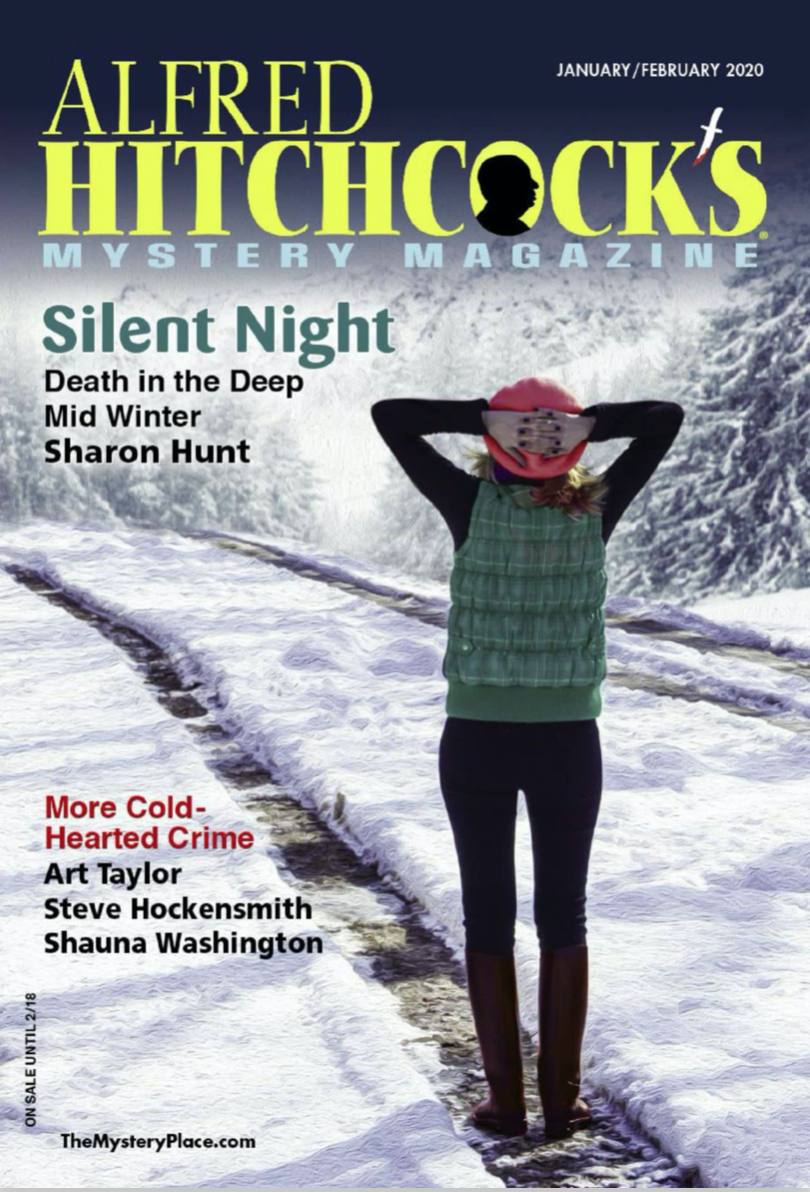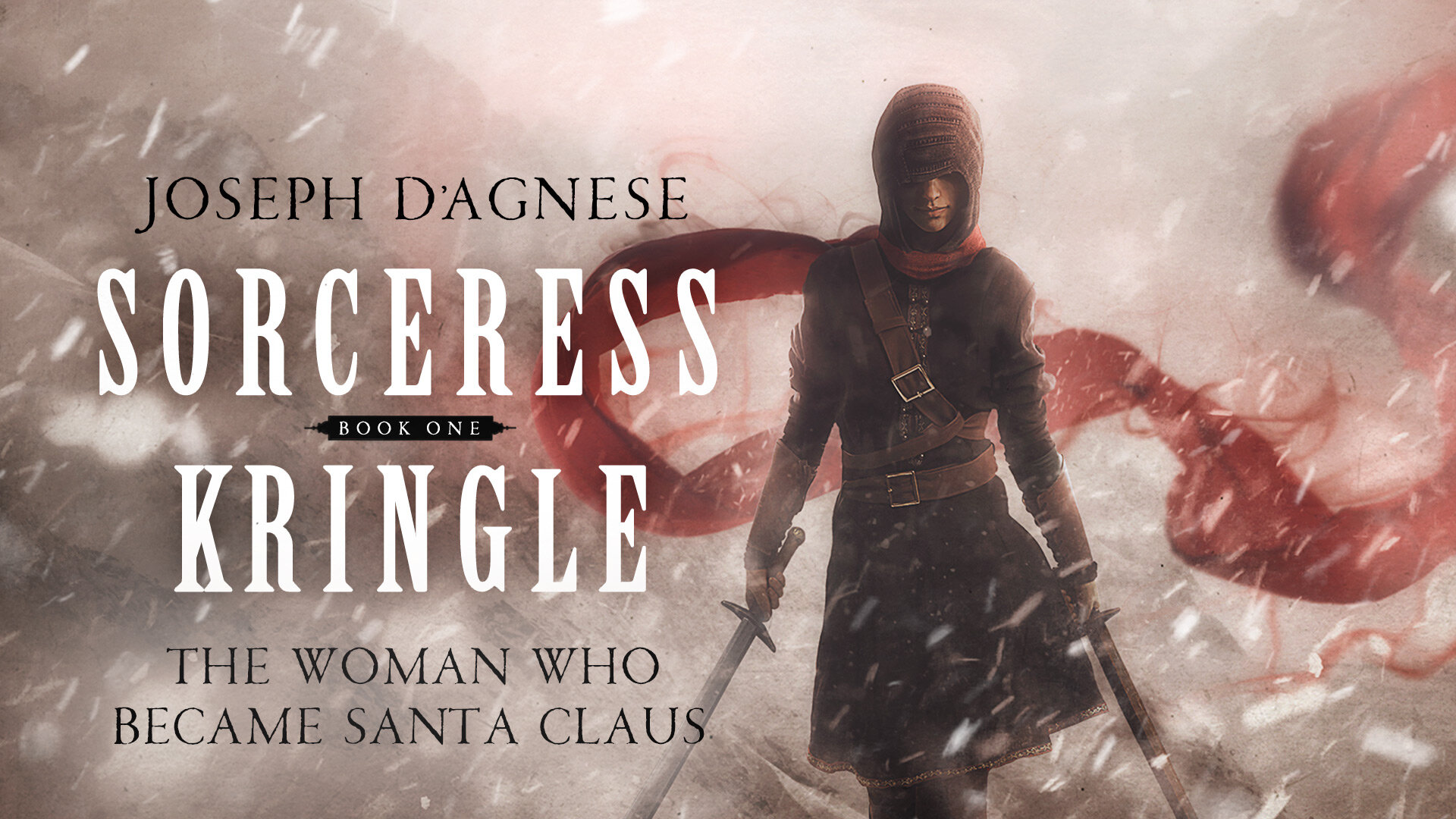This is as nutty as I get, folks. My latest post at the Sleuthsayers mystery blog today is heavily inspired by the government loans the U.S. feds are handing out to…well, just about anyone these days, if only to keep the economy going.
Wouldn’t it be awesome if writers—specifically mystery writers—could carve off a piece of that action? Well, now they can!
Please check it out, if you’re so inclined.
The link to the blog post is here.
If you like my work, kindly consider bookmarking Sleuthsayers. The next post will be in three weeks.
If you’re looking for reading material during this hellish time, I hope you’ll consider one of my books or my wife’s. If ever there was a time for escapism, it’s now!
The e-book versions of both of my two most recent books, Murder on Book Row and the fantasy novel, Sorceress Kringle, are available at almost every online retailer. You can order print copies at the usual suspects online, or autographed copies from Malaprop’s, the bookstore in my nabe.
Book “collage” photo credit: Patrick Tomasso on Unsplash




